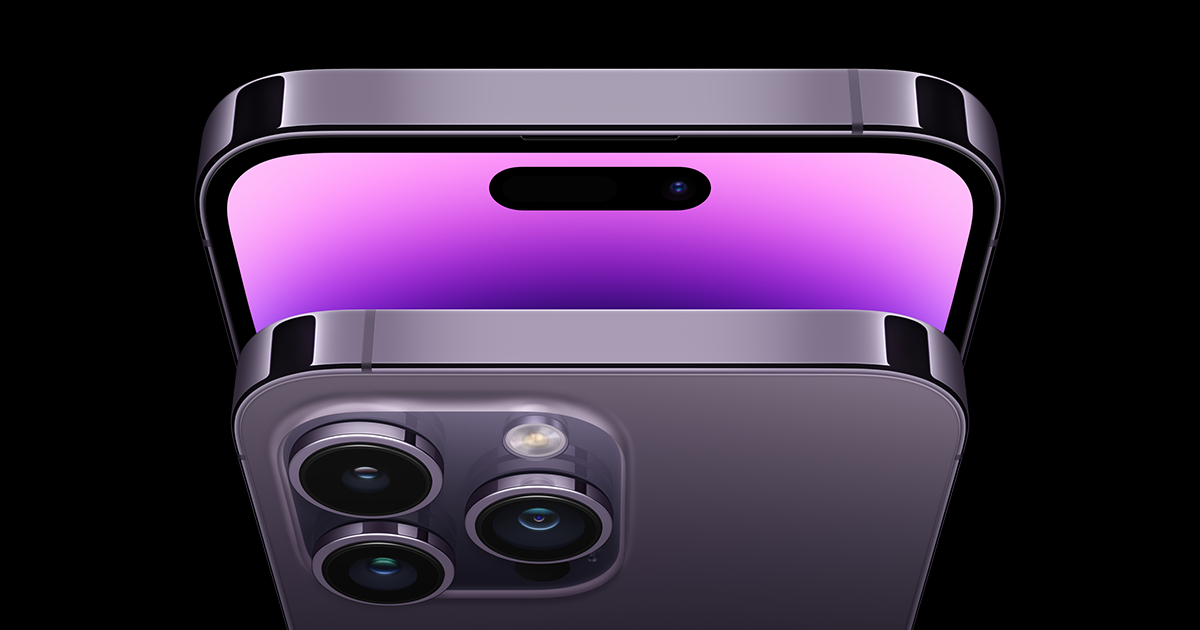Get your goggles on the ready, as we will be diving a bit deeper than usual today. We bet that even most of the devoted Apple users would not have much knowledge on Cupertino`s latest innovation, namely Photonic Engine.
Apple introduced this new feature on their latest iPhone 14 series, and although the name sounds somewhat complex, don`t let it intimidate you.
Read on with us as we explain what the Photonic Engine does and how it impacts your iPhone experience. Hint – it all revolves around photography.
Computational Photography
First of all, to understand more about the Photonic Engine, we need to learn about Computational Photography.
Simply put, computational means the use of both algorithms and software supporting in the capture of better photos through smartphones` minute cameras. This is how the iPhone can create high quality images without being a big DSLR or mirrorless camera.
The Photonic Engine is a computational method that overhauls the iPhone`s image processing pile to enrich the photos taken in mid-to-low lighting conditions. It assists the iPhone to convey superior colour reliability, more detail and higher brightness in photos.
According to Apple, you can expect to see upwards of 2x more mid-to-low light performance in photos taken by the iPhone 14 and 14 Plus, and even up to 3x more on the high-end versions namely the iPhone 14 Pro and 14 Pro Max.
Photonic Engine as a feature will be likely to remain present on future iPhones, albeit not compatible on older models.
So, how does the Photonic Engine work?
Ok, let us mention our other friend now, Deep Fusion.
For most iPhone connoisseurs they need no introduction for the Deep Fusion technology, but for all the remaining readers which are diving with us in these deep waters today, let us give you a brief overview.
Deep Fusion is another computational photography method that Apple inducted in iOS13.2 for the iPhone 11 series, skipping though the second-gen iPhone SE.
To create one best-possible photo, Deep Fusion uses nine photos taken with various exposure stages and fuses them. This technique goes through all millions of pixels, picking the best features from each of the nine photos to utilise in the final photo, thus assisting an iPhone to reduce noise by smoothening images post-processing and improving detail.
Apple says that Photonic Engine radically increases the quality of photos taken from all iPhone cameras. This is done by engaging Deep Fusion technology earlier in the imaging process than preceding generation iPhones, and on uncompressed photos.
How to use Photonic Engine
Now, iPhone users can`t physically switch on or off this feature on their device, like say Night Mode which has an optional switch under settings. Instead, Photonic Engine operates in the background and it is automatically engaged by the phone`s system when it evaluates that there is the need.
This means that while you can`t toggle Photonic Engine manually on your iPhone, however you can put your mind at rest that if you are snapping a shot in a not-so-brightly lit location, most likely Photonic Engine has already kick-started in action with its mission – enhancing your photo.
This happens especially if Dark Mode is either switched off from the iPhone`s settings, or there isn`t enough darkness for the latter to take over.
But, do I still get Night Mode and Smart HDR with Photonic Engine?
While you can still manually enable or disable the Night Mode and Smart HDR features, or let the iPhone automatically trigger them whenever it senses the need, Photonic Engine doesn`t interfere with or replace these two.
If an iPhone detects a low-light or brightly-lit environment it will judge and decide what to opt for in that context.
Same goes with Photonic Engine. The iPhone will determine which feature to apply depending on how much light is present in that shot, and then choose between Night Mode, Smart HDR, or you guessed it Photonic Engine.
Low-Light Photography Improved
The Photonic Engine then is one new interesting feature introduced with the iPhone 14 series, which shows that Apple thrives on innovations, and maintains its focus (pun intended), committed to enhance and sharpen their camera sector.
It is interesting and appreciative to see top companies dedicating their time and investment so much, to go in detail, and engineer such a feature like the Photonic Engine, with their final quest being capturing great improved shots even in dim lighting conditions, which is challenging in itself for any camera, let alone smartphone cameras.
These innovations, especially when introduced by Apple, usually create a ripple effect in the market, and will surely inspire competition (vide the 3.5mm jack saga). Healthy rivalry is good though, as it provides options for the consumers who will evaluate which device is required for purchase, according to their needs.
Our phones tiny cameras have become great
Technology has advanced so much under the smartphones` hood, that those petite lenses we see at the back can now produce enhanced photos which could easily confuse anyone. It is really difficult especially for those who are not pros among us to confirm which picture was taken by a smartphone or by a DSLR/mirrorless camera.
The iPhone already holds excellent features like Night Mode and Smart HDR, but kudos to Apple that with the latest addition of the Photonic Engine confirm that they know no boundaries, and are adamant to provide quality in exchange to their hefty price tags, luring new clients while maintaining their already solid fan-base.
The Photonic Engine is a truly well-studied feature for all passionate mobile photographers, adding another arrow in their quiver, enabling them to hold a capable shooter in their hands and challenge the low or dim light ambience with confidence.
For both photography enthusiasts and non, the Photonic Engine, together with the more commercial Dynamic Island (Pro and Pro Max models only), will attract consumers to opt for the iPhone 14 series, and who knows…get Android faithful pondering to switch?

